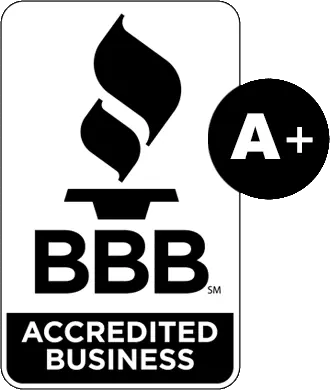Relocating your kitchen items requires special attention, particularly when it comes to fragile dishware. Working with an expert movers company can simplify this process, but knowing proper packing techniques remains essential whether you hire professionals or handle it yourself. We all know that sinking feeling when unpacking and hearing the dreaded sound of broken china. Following specific steps—from selecting appropriate boxes to mastering proper cushioning techniques—can help ensure your cherished dishes arrive intact at your new home. Let’s explore the essential methods for protecting your valuable kitchenware during transit.
Gather Packing Supplies
Before starting the packing process, collect all necessary supplies for safely transporting your dishes. Start with sturdy cardboard boxes in various sizes, ensuring they’re clean and undamaged for proper protection. Secure plenty of packing paper or bubble wrap to shield individual dishes. Gather packing peanuts or cushioning material to fill empty spaces within boxes, preventing shifting during transit. Have strong packing tape on hand to seal boxes securely. Consider using dish dividers or cardboard grids to keep dishes separated and minimize breakage risk. Having these essential supplies ready before you begin will streamline the packing process and better protect your dishes.
Sort and Organize Dishes
The first step in efficient dish packing is sorting and organizing according to size, shape, and fragility. Group similar items together—plates with plates, bowls with bowls—to maximize space and protection. Separate especially delicate pieces that need extra attention, such as fine china or crystal stemware. This organization helps determine how much packing material each category requires. Grouping dishes by size optimizes box space and creates more stable packing arrangements. By sorting beforehand, you’ll create a more systematic packing process and ensure each item receives appropriate protection based on its vulnerability to damage.
Use Proper Cushioning
Proper cushioning creates the difference between broken dishes and intact arrivals. Select quality materials like bubble wrap, packing paper, or foam sheets for dish protection. Begin by placing a thick cushioning layer at the box bottom to create a shock-absorbing base. Wrap each dish individually with multiple layers, paying special attention to vulnerable areas like handles, rims, and edges. Use cardboard dividers or inserts to separate dishes and prevent contact during transit. Fill all empty spaces with additional cushioning material to eliminate movement. Finish with another generous cushioning layer on top before sealing. This careful attention to padding significantly reduces breakage risk during your move.
Pack Dishes in Boxes
Secure packing techniques help ensure dishes arrive safely at your destination. Always start with a cushioning layer at the box bottom using bubble wrap, packing paper, or foam pads. Pack heavier items like plates at the bottom, with lighter pieces placed on top. Wrap each dish individually with paper or bubble wrap, placing them vertically rather than flat to increase strength against pressure. Fill all empty spaces with cushioning material to prevent movement. Avoid overpacking—boxes should close easily without forcing. Once packed, seal with strong packing tape across all seams for added security.
Label Boxes Clearly
Clear labeling plays a crucial role in ensuring your dishes receive proper handling during the move. Effective labeling saves time and prevents accidental damage. Mark ‘FRAGILE’ prominently on all sides of dish boxes using permanent marker. Include specific content descriptions like ‘dinner plates’ or ‘wine glasses’ to identify what’s inside. Draw arrows indicating which way is up to ensure correct positioning during transport. Note any special handling instructions such as ‘DO NOT STACK’ for particularly delicate items. Well-labeled boxes communicate important handling information to movers, significantly reducing breakage risk and helping ensure your dishes arrive safely at your new home.
Related Topics:







